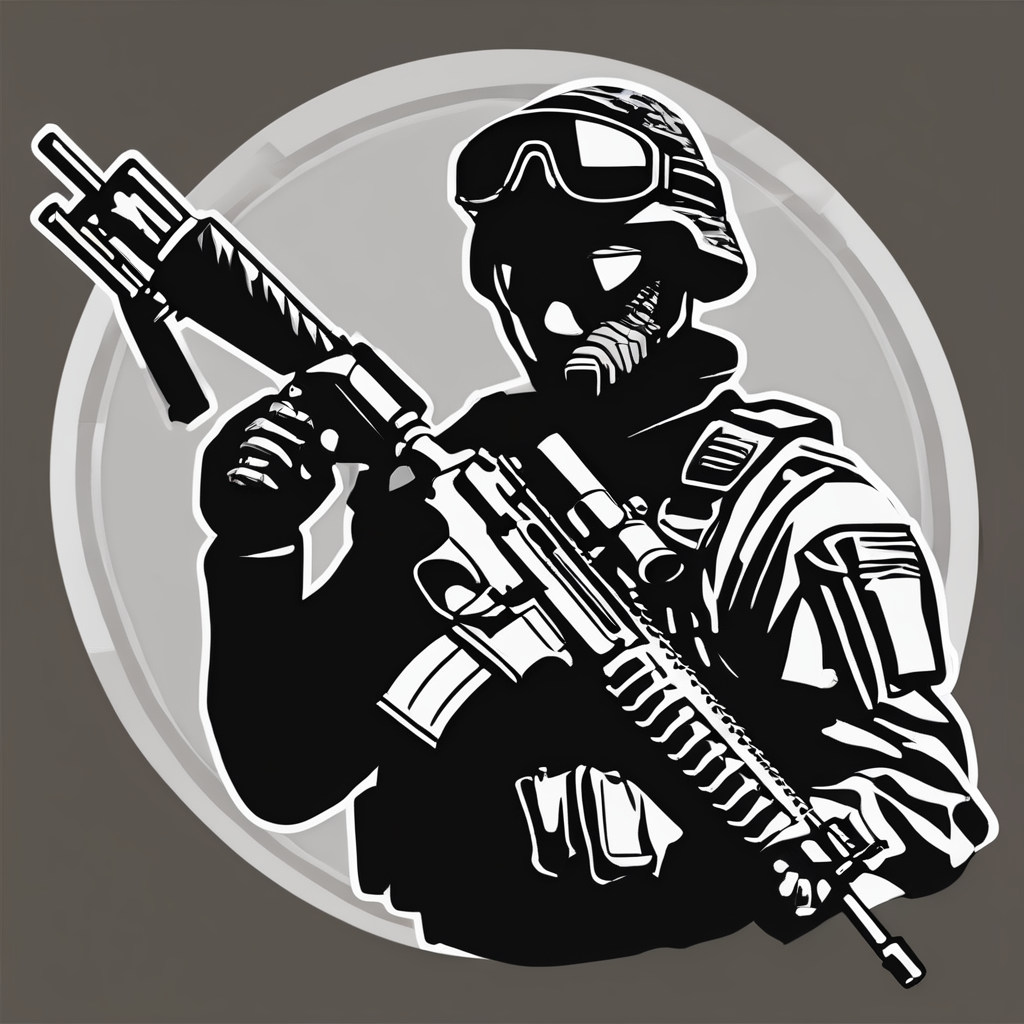Historical Foundations of Ancient Martial Arts
Exploring roots that shaped martial traditions
The ancient martial arts history spans various cultures, revealing how traditional combat practices originated as essential tools for survival and self-discipline. From the intricate swordsmanship of Japan’s samurai to the powerful wrestling styles of Europe, these arts illustrate a diverse evolution of martial arts.
Have you seen this : What Are the Mental Benefits of Practicing Combat Sports Regularly?
In the UK, early forms of martial arts reflected local needs and cultural influences. Combat styles included swordplay and unarmed techniques, often tied to medieval knightly training and folk wrestling. These methods emphasized physical prowess and strategic thinking, much like their ancient counterparts worldwide.
Philosophically, many ancient martial arts integrate respect, discipline, and mental conditioning alongside physical training. Traditional combat practices from these times were not merely about fighting but also about cultivating inner strength and ethical conduct. The “way” or dojo traditions you encounter today root directly in this historical framework.
Also read : Can UK Combat Sports Transform Into Mainstream Entertainment?
Understanding this evolution of martial arts enriches appreciation for modern variations. The techniques and principles developed over centuries continue to influence training, emphasizing a balance between mind and body that honors the ancient martial arts history deeply.
Transformation of Ancient Techniques in Modern UK Combat Sports
Exploring the bridge between tradition and contemporary practice
The evolution of UK combat sports owes much to the martial arts influence of ages past. Ancient techniques, refined through centuries, now enrich modern disciplines, particularly MMA and boxing. This fusion helps fighters develop varied skill sets that go beyond basic punches and kicks.
Many classical methods have been adapted for today’s training regimes. For instance, the strategic footwork and body mechanics seen in traditional martial arts find new life in boxing’s ring movement and MMA’s cage tactics. These time-honored techniques enable athletes to leverage balance, timing, and precision—core elements of successful fighting styles.
Weapon-based arts like escrima and kendo have impacted self-defence and conditioning programs within combat sports. Though less visible in competition, they contribute to hand-eye coordination and reflex development, preparing athletes to respond swiftly under pressure.
Integrating such traditional techniques in MMA and boxing cultivates a versatile approach. Fighters learn to blend striking, grappling, and defensive maneuvers efficiently, using techniques that endure through time but adapt with modern understanding. This dynamic synergy continues to redefine combat sports across the UK.
Expert Perspectives on Integration and Innovation
In discussing the integration of old and new methods, martial arts experts UK widely recognize the value of combining tradition with modern advances. Many experienced coaches and fighters emphasize that honoring classical techniques builds a solid foundation. Yet, they also stress how incorporating contemporary training science enhances performance and reduces injury risks.
Athlete opinions across the UK converge on this balanced approach. For example, several fighters share that blending age-old disciplines with cutting-edge conditioning programs leads to more adaptable, resilient competitors. This fusion respects heritage while achieving measurable improvements in speed, strength, and tactical awareness.
Historically minded coaches contribute to this dialogue by preserving key principles such as discipline and form. At the same time, they embrace innovations like video analysis and sport psychology to refine training methods. This dynamic synergy bridges gaps between generations, allowing practitioners to evolve without losing core values.
Case studies highlight impressive results of this ancient-modern fusion. UK athletes who integrate traditional martial arts techniques with modern scientific methods report enhanced endurance and greater fight IQ. This approach reflects a growing trend where martial arts experts UK continuously innovate by thoughtfully blending past wisdom with present knowledge for optimal results.
Cultural and Philosophical Influence in Modern Combat Sports
Exploring how tradition shapes today’s fighting arenas
The martial arts philosophy deeply rooted in ancient traditions continues to shape modern combat sports, emphasizing enduring values like discipline, respect, and mental fortitude. These principles are not mere relics but vital components that guide athletes’ conduct and mindset, fostering a culture beyond physical prowess.
In many UK gyms and competitions, ceremonial and ritual elements from traditional martial arts remain integral. Practices such as bowing, formalized greetings, or the observance of quiet focus before bouts illustrate cultural integration that honors the past while cultivating present-day sportsmanship ethics. These rituals build mutual respect among competitors, which enhances the sense of community and fair play.
Ancient philosophy further influences sports ethics by promoting humility and resilience, virtues critical to both personal growth and collective camaraderie. For example, the concept of “bushido” in Japanese martial arts or Confucian ideals of respect inform how practitioners view victory and defeat, framing these outcomes as steps toward self-improvement rather than mere competition.
This thoughtful blend of culture and philosophy in combat sports underscores a holistic approach where mental and ethical development is as celebrated as physical achievement.

